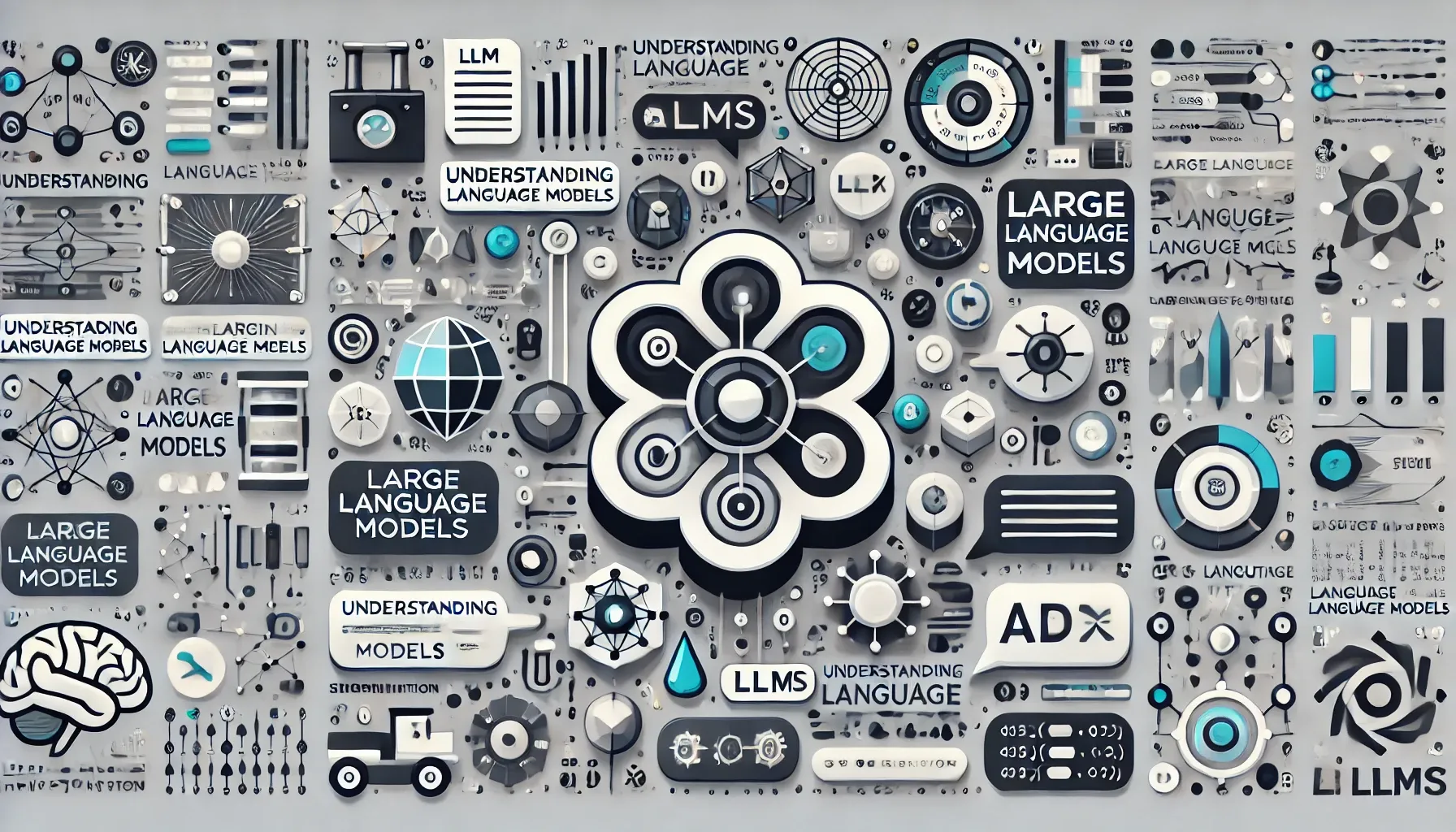🪴Key Concepts in Large Language Models (LLMs)
Large Language Models (LLMs) are at the forefront of natural language processing (NLP). These models are designed to handle large-scale tasks that involve understanding and generating human language. Let's explore the most critical aspects of LLMs, including their architecture, capabilities, and key terminologies. 💡
🌳 Core Concepts of LLMs
LLMs rely on neural network architectures, specifically **Transformers**, to process and understand language. They have billions (or even trillions) of parameters, allowing them to capture the complexity of human language and context effectively.
✅ Transformer Architecture
LLMs are built on the Transformer architecture, which uses mechanisms like **attention** to process words in relation to each other, regardless of their position in a sentence. This structure allows for parallel processing of input data, making LLMs both powerful and scalable. 🌳
✅ Pretraining and Fine-tuning
LLMs are typically pretrained on vast amounts of data using self-supervised learning. After pretraining, they can be fine-tuned for specific tasks, such as question answering, summarization, or translation. Pretraining helps the model understand general language structures, while fine-tuning allows it to specialize in particular applications. 💡
✅ Contextual Understanding
One of the biggest strengths of LLMs is their ability to maintain **context** across longer pieces of text. Unlike older models, LLMs don’t rely solely on word-level prediction but can consider the full context to generate coherent and contextually relevant responses. This makes them highly effective in tasks like conversation, story generation, and complex queries.
✅ Key Terminology
Understanding key terms helps grasp how LLMs function and their capabilities. Here are some critical terms associated with LLMs:
- 🌹Parameters: The variables that the model learns during training. The number of parameters indicates the complexity of the model.
- 🌹Tokens: Words, subwords, or characters that serve as the basic units of input and output for LLMs.
- 🌹Attention Mechanism: A part of the Transformer architecture that helps models focus on important parts of the input sequence when making predictions.
- 🌹Zero-shot Learning: The ability of an LLM to perform a task without having been explicitly trained on that task.
- 🌹Prompt Engineering: The practice of designing input prompts to guide LLMs in generating desired outputs. 🌿
🌱 Important Capabilities of LLMs
LLMs have a broad range of applications that demonstrate their versatility in handling language tasks. Here are some essential capabilities:
- ☑️ Text Generation: LLMs can generate human-like text based on a given prompt. This is useful for creative writing, content generation, and coding assistance.
- ☑️ Summarization: They can compress long documents or texts into concise summaries while preserving essential information.
- ☑️ Question Answering: LLMs are used in answering questions based on given contexts or datasets, which is vital for chatbots and AI assistants.
- ☑️ Language Translation: LLMs are capable of translating text from one language to another with high accuracy.
📝 Conclusion
Large Language Models (LLMs) represent a significant breakthrough in natural language processing and understanding. With Transformer architecture, contextual comprehension, and a variety of applications, LLMs are driving innovation in multiple fields. Mastering their core concepts, key terms, and capabilities enables us to unlock their full potential. ✅
